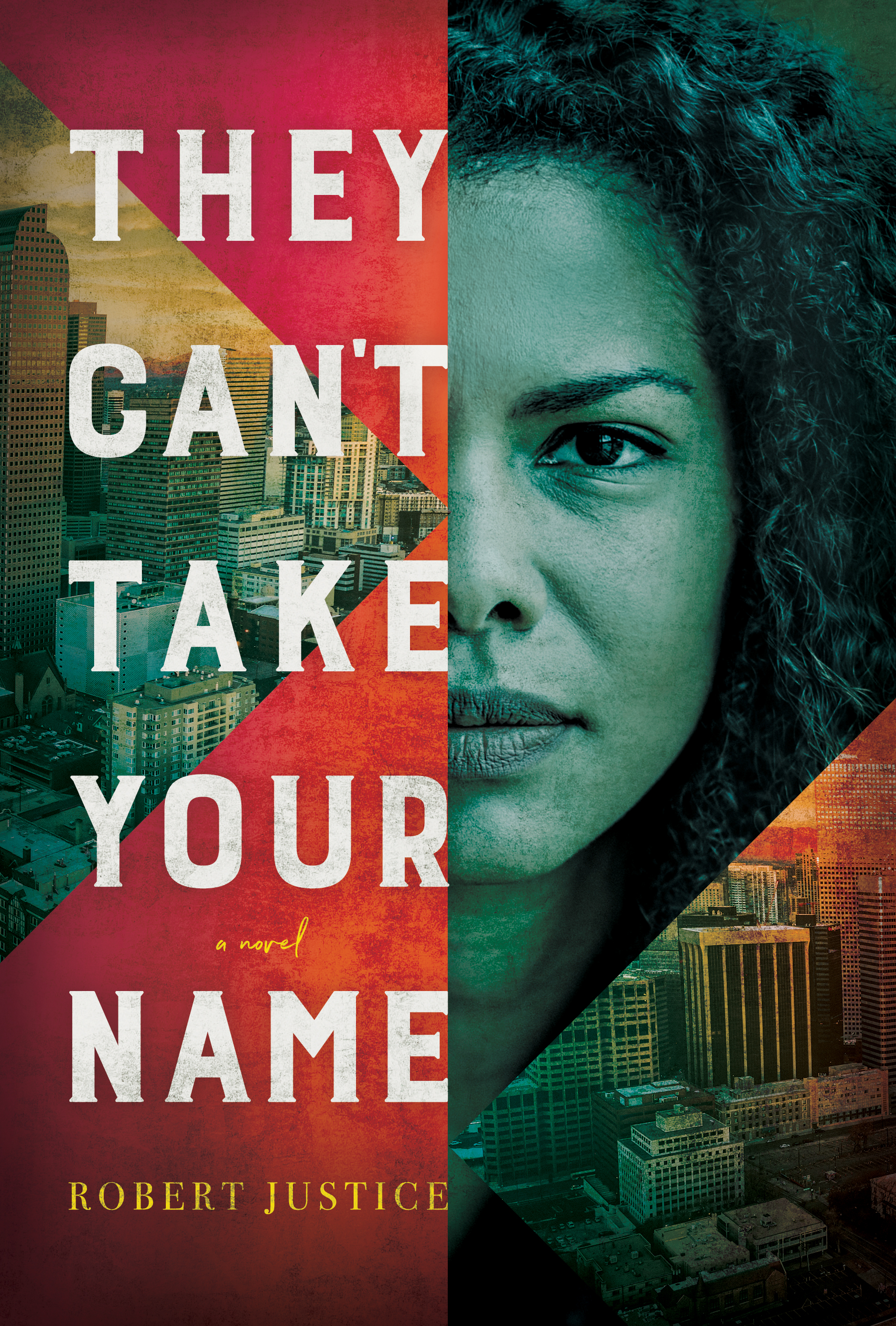Langston Hughes, Ralph Ellison and All That Jazz
Jazz is more than music, it’s a way of seeing and interacting with the history of America. This is why I love the work of Langston Hughes and Ralph Ellison. When Hughes wrote his poem, Harlem: A Dream Deferred, he was doing jazz. He was not the first of the jazz poets, but he is definitely the most notable. These poets began by including references to music and musicians in their prose. Then they quickly embarked on applying what they saw the musicians doing on the stage and translated it into their verse. Making use of the elements of jazz, they gave birth to a new way of doing poetry—poetry in jazz. Read Langston Hughes and you find syncopation, improvisation and call-and-response especially as he interacts with the great American novelist, Ralph Ellison.
Ellison was a trumpeter and lifelong lover of jazz. He not only asserted that all of American life is “jazz shaped,” he sought to demonstrate it when he wrote the great American novel, Invisible Man. Ellison, a longtime jazz critic, moved from writing about jazz to writing in jazz. This is most evident in Invisible Man, where he responded to the poetic call of his friend Langston: What happens to a dream deferred?
He hints at this in the prologue to his novel when the main character seeks to light his underground darkness by illuminating it with 1,369 light bulbs. The number is a coded tribute to the year 1936 — the year Ellison moved to New York City during the Harlem Renaissance and met Langston Hughes.
Ellison’s work is a jazzlike response to Langston’s call: What happens to the American Dream when it is deferred for a group of people? (The answer, clear by the end of Invisible Man, is a resounding “It explodes!”)
Ellison wanted to see if he could write a whole novel in jazz. Could he syncopate and improvise with the written word? Indeed he could: Ellison writes a trumpet solo with three words (red, white, and blue) that carry through Invisible Man. In his prologue, he plays these three colors as a chord by first describing a dessert and then a tattoo. Once he thinks you are following, he begins to improvise. A joy of the novel is trying to figure out how he is going to play these notes. Trying to figure out the symbolism of the colors keeps us actively engaged. Does the color red represent blood or Native Americans? Does white only represent Caucasian people? And does the color blue mean to be black? That is, does it represent the slaves who had been beaten black-and-blue? One thing is for sure: it represents the pain that brought the blues about. Reading Invisible Man is like listening to a trumpeter take a solo, and you wait on the edge of your seat wondering how he is going to pull it all together and find his way back.
Langston’s Dream is my feeble attempt to join the Hughes/Ellison Ensemble. Eli’s underground abode is a nod to Ellison’s Invisible Man, and naming our innocent man Langston and including Hughes’ poetry throughout this novel was my way of adding my voice to the conversation that they began about race in America.
What happens to a dream deferred? My answer in THEY CAN'T TAKE YOUR NAME? Deferred dreams imprison us; one imprisons all of us.

